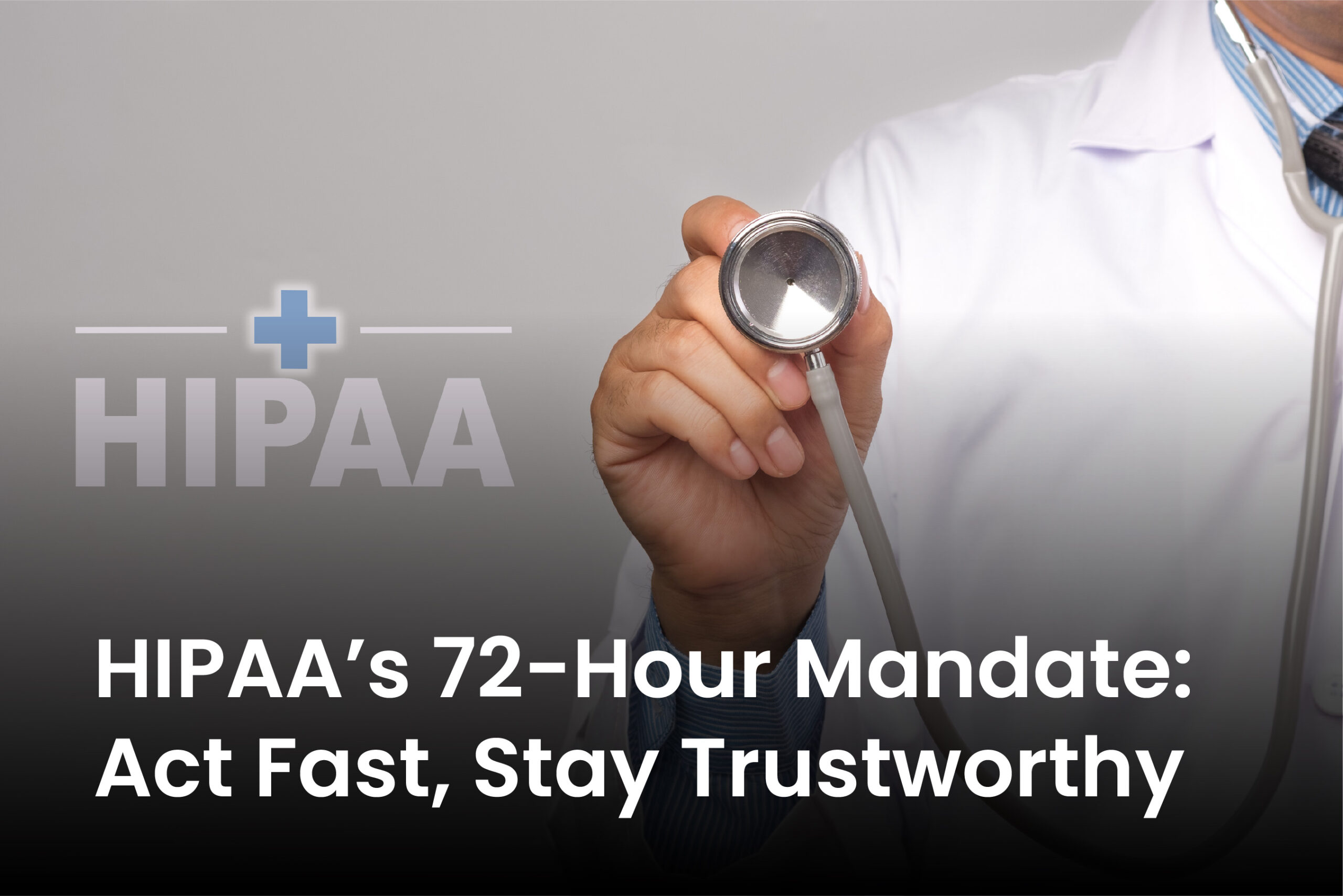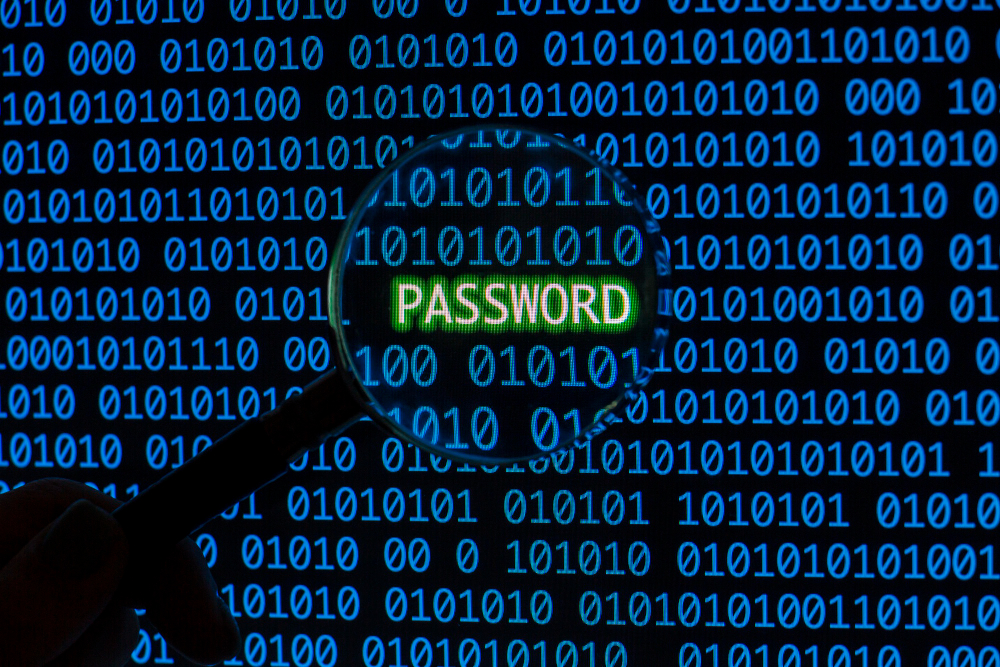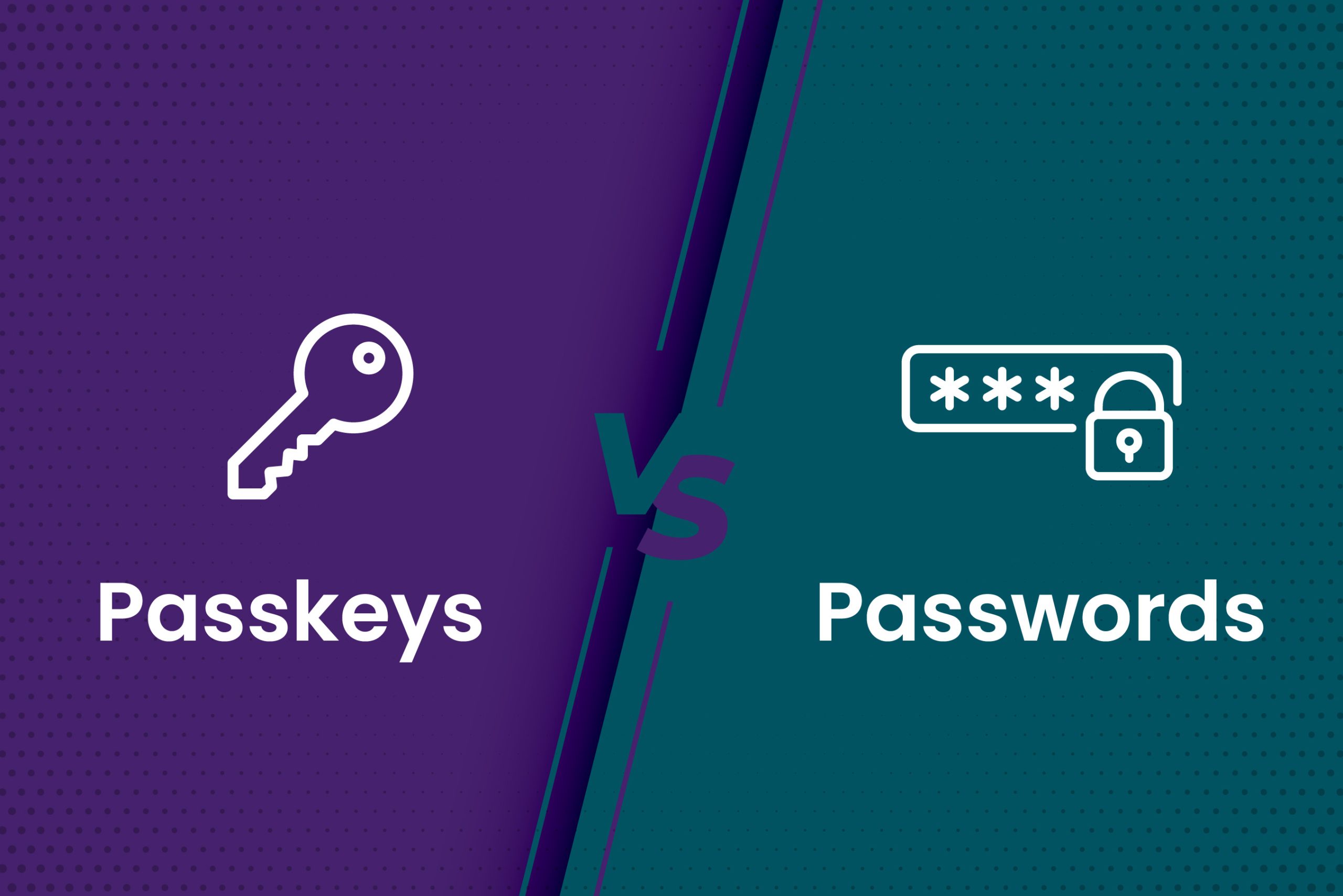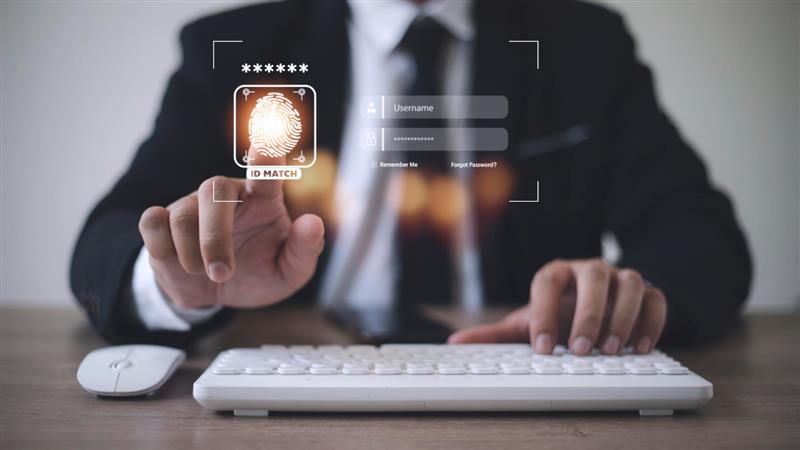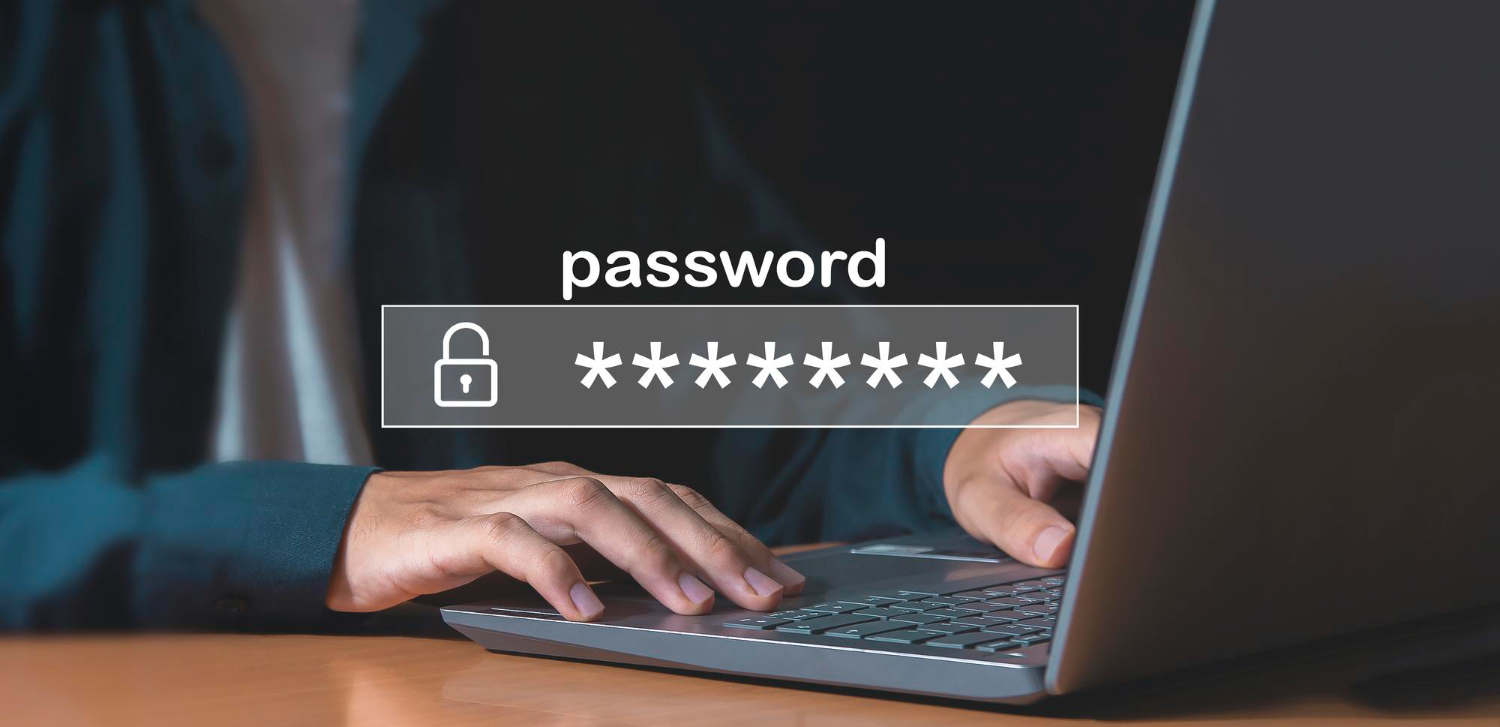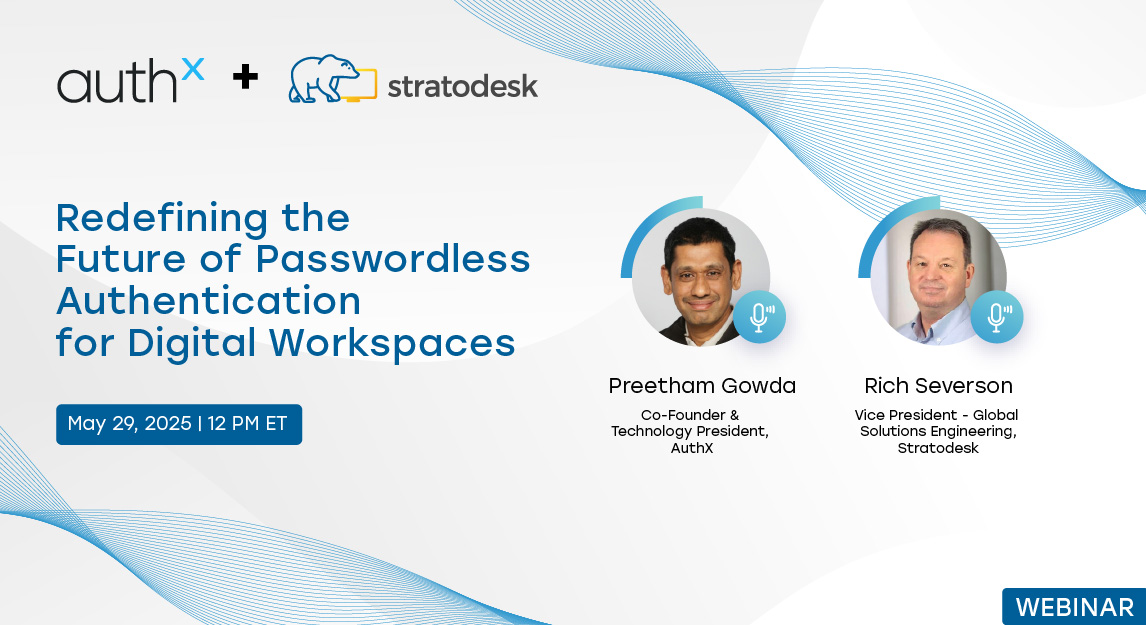Healthcare is facing a turning point. For many years, the HIPAA Security Rule has served as a guideline for protecting patient data. However, with the rise of cyberthreats, ransomware, and telemedicine adoption, it is evident that the old model needed to evolve. The Department of Health and Human Services (HHS) has recommended the largest update of HIPAA security rules in decades.
The new rule does more than revise text; it demands that leaders take charge of security, accountability, and operational resilience. This article will explain what’s changing, why it matters, and how healthcare leaders can turn compliance into a competitive advantage.
Why is the HIPAA Security Rule Changing?
In 2003, the original Security Rule was finalized. Consider the situation in those days: there were no smartphones, no cloud, and no ransomware like we have now. By 2025, one of the biggest targets for cybercriminals is the healthcare industry.
These days, hospitals operate on digital platforms, and telemedicine services, connected equipment, and patient portals are common. That shift has created massive benefits but also new vulnerabilities. A ransomware attack doesn’t just lock up files; it can shut down surgeries, delay treatments, and put lives at risk.
HHS recognized that the old framework wasn’t enough. The new rule responds to today’s realities: sophisticated cyberattacks, faster breach timelines, and the need for resilience at every level of healthcare.
Key Changes in the New HIPAA Security Rule
The updates are sweeping. Some requirements are technical, while others go straight to governance and leadership. Here are the most critical changes leaders should understand:
- Stricter Breach Notification Timelines: Covered entities must notify the HHS Office for Civil Rights (OCR) of a data breach within 72 hours. This accelerates the timeline significantly compared to past expectations. It puts healthcare on par with global regulations like GDPR.
- Mandatory Cybersecurity Training: Annual, organization-wide training is no longer optional. Every employee, from clinicians to executives, must undergo training on identifying threats, phishing attempts, and proper data handling.
- Clearer Role for Leadership: CISOs and CIOs are now explicitly accountable for implementing security measures. Senior leadership, not just IT staff, must sign off on risk management activities and audits.
- Business Associate Accountability: Vendors, cloud providers, and third-party partners are now under more scrutiny. Covered entities must ensure their partners meet security expectations and provide documentation to prove compliance.
- Risk Assessments and Annual Audits: Risk assessments can’t be one-and-done. Organizations must conduct them regularly and perform annual security audits to measure progress.
- Data Backup and Recovery Requirements: Healthcare providers must prove they can restore data quickly after a breach or outage. Backup processes must be tested and documented.
- Telehealth and Remote Work Security: New provisions address encryption, secure access, and monitoring for telehealth services. This is especially important for clinics that rapidly scaled remote care during the pandemic.
The Pressure on Healthcare Leaders
This rule stands out because compliance is no longer just an IT function. Healthcare leaders: CEOs, board members, and department heads are expected to understand and own security risks.
In our conversations with executives, a common theme emerges: the fear of personal accountability. With OCR signalling more vigorous enforcement and higher penalties, leaders are now on the front line. Security is no longer “someone else’s job.” It’s tied to reputation, patient trust, and even operational survival.
Turning Compliance into an Advantage
It’s easy to see these updates as another layer of red tape. However, leaders who view compliance as a minimum bar risk are missing the bigger picture. The healthcare providers who will thrive, use these requirements to build resilience and trust.
Here’s what that looks like in practice:
- Security as a Cultural Priority: Training isn’t just about checking a box. It’s about creating a workforce that sees itself as part of the security shield. When clinicians recognize phishing emails or staff follow secure access protocols naturally, the whole system becomes stronger.
- Technology that Simplifies Compliance: Manual audits and fragmented systems only add friction. Forward-thinking organizations invest in platforms that centralize access controls, automate risk assessments, and provide real-time compliance reporting. This makes audits smoother and reduces the burden on staff.
- Resilience as a Competitive Edge: Patients choose providers they trust. Demonstrating the ability to protect data and maintain uptime even during cyber incidents, can set one provider apart from another. Compliance isn’t just about avoiding fines but strengthening brand credibility.
Practical Steps for Healthcare Leaders
Healthcare organizations can’t afford to wait until the rule becomes final before acting. The smartest approach is to start preparing now. Here’s a clear roadmap leaders can follow:
- Run a comprehensive risk assessment that goes beyond IT systems. Include third-party vendors, telehealth platforms, and medical devices.
- Develop a breach response playbook with roles and responsibilities, clearly outlined for a 72-hour window.
- Upgrade employee training by making it interactive, scenario-based, and relevant to different roles.
- Audit your data backup and recovery systems to ensure they work under real-world pressure.
- Engage with vendors to confirm that business associates can meet the new compliance standards.
- Schedule annual audits and make the results part of board-level discussions.
By following these steps, leaders can move from reacting to requirements to confidently leading.

“The 72-hour rule raises the bar for healthcare leaders. It demands that security and resilience are woven into everyday operations, so when a breach happens, organizations can respond quickly, communicate clearly, and maintain trust.”
Preetham Gowda
Where AuthX Fits into the Picture?
At AuthX, we see these changes as an opportunity for healthcare providers to rethink identity and access management. Many of the rules’ updates; training, access controls, vendor accountability, tie directly to how organizations manage authentication and identity.
Our platform helps providers:
- Enforce multi-factor authentication across staff, vendors, and contractors.
- Implement single sign-on for secure, frictionless access.
- Track and report compliance metrics in real time.
- Secure remote access for telehealth without adding complexity for clinicians.
The new HIPAA Security Rule is about building resilience and accountability, which is exactly what modern identity platforms are designed to deliver.
Final Thoughts
The new HIPAA Security Rule represents a substantial shift. It requires quicker response, increased accountability, and greater resilience. However, it also opens a door. Leaders that view compliance as more than a checkbox can gain patients’ trust, improve their organization’s reputation, and put themselves ahead of competition.
The healthcare system is only as robust as its security. These developments present an opportunity to elevate the bar, not merely to meet regulations, but to confidently lead in a digital-first world. And that’s where the right partner makes all the difference.
If you’re ready to move beyond compliance and build real resilience, get in touch with us and see how AuthX can help you strengthen security, accelerate breach readiness, and keep your organization unstoppable.

